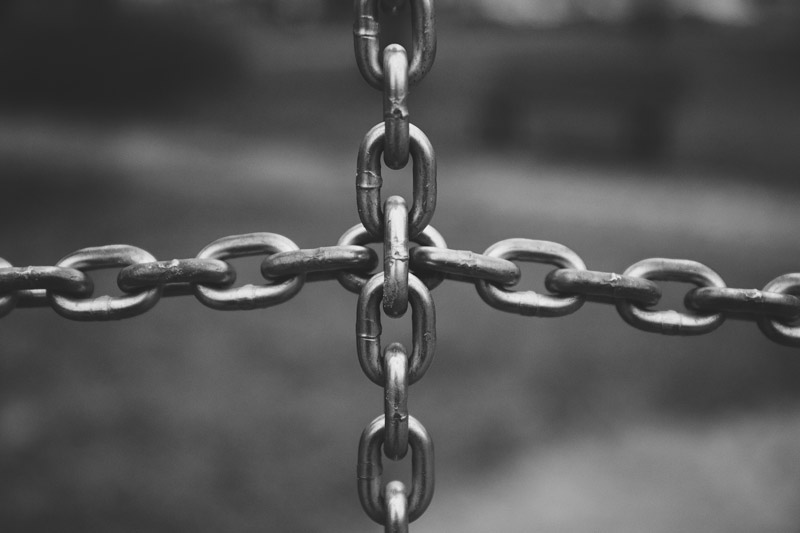5 things you didn’t know about chain of responsibility legislation

Chain of responsibility legislation is a proactive way of increasing safe practice within the transport and heavy vehicles industry. The idea is to incorporate the entire supply chain in a cooperative approach to safety management.
This essentially removes the ‘not my problem’ approach to managing transport logistics; responsibility for safety is not passed along like a relay baton.
Instead, it requires a conscious approach to preventing and maintaining safe practice prior, during and after the individual’s direct involvement in the chain.
My Fleet values the importance of safe transport management above everything else: It forms the fundamental basis for our products and services.
Informing industry decision makers, employees and stakeholders is also an important part of what we do (you can read more about Chain of Responsibility) so we have put together a list of 5 things you might not know about current Chain of Responsibility legislation to help get you up to speed (but not over it!).
1. Speeding offences don’t just affect the driver
If the following speeding offences occur:
The penalty is up to $10,000 and the following parties are all legally liable for the offence:
2. All parties in the supply chain must take reasonable steps to prevent a fatigued driver operating
Failure to comply will result in a $10 000 fine. For example, if an employer did not manage the schedule of a driver, and cannot prove that sufficient steps were taken to manage fatigue, the employer is in breach of Section 229 of the Heavy Vehicle National Law (NSW) No 42a
3. Chain of responsibility investigations may also uncover further breaches
When an investigation into Chain of Responsibility is underway, the RMS are entitled to:
4. Loading managers are part of the chain
This includes loading supervisors, as well as staff operating directly under their supervision. A reasonable system must be in place to allow the driver to have sufficient rest periods.
Penalties under the Heavy Vehicle National Law (NSW) No 42a sec 239 can be up to $6000, so it is crucial that this element of the supply chain is well managed the driver’s schedule is created appropriately.
5. Mass limits and load dimensions fall under the Chain of Responsibility
Having a comprehensive system in place for measuring and maintaining onboard load measurements is a vital element of successful supply chain management.
Some questions that all fleet managers need to ask themselves regarding onboard loads:
These are just a few examples of why understanding Chain of Responsibility legislation is so vital for transport and logistics managers.
Even though you aren’t necessarily on the ground and in the action, safety must always remain your top priority. If you are ever in doubt, contact us at My Fleet to discuss your specific requirements.
